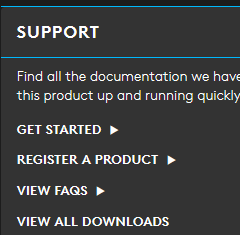Cum schimbi parola pentru aplicația Notițe pe iPhone
În era digitală, securitatea informațiilor personale este esențială. iPhone-ul tău îți oferă opțiuni avansate pentru protejarea datelor, iar aplicația Notițe nu face excepție. Fie că utilizezi Notițe pentru a stoca idei, liste de sarcini sau informații sensibile, schimbarea regulată a parolei este o măsură importantă de securitate.
[mai mult...]

